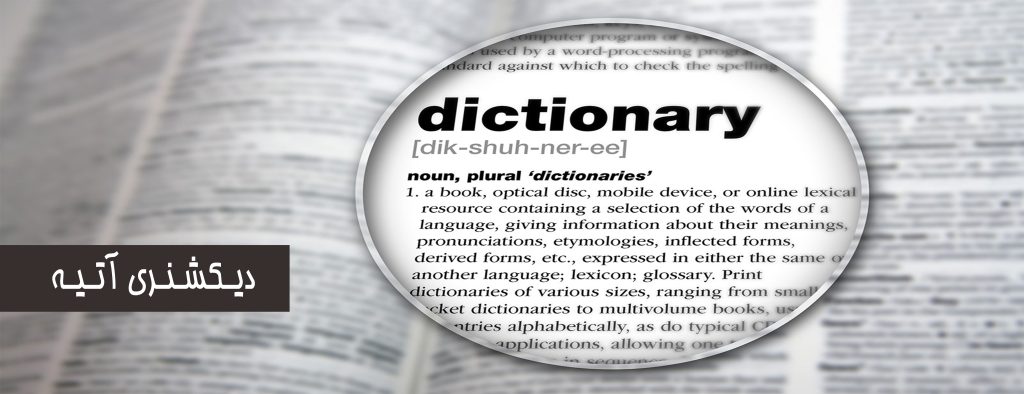to به انگلیسی

From Longman Dictionary
to1 /tə; before vowels tʊ; strong tuː
used after a verb, noun, or adjective when an infinitive completes its meaning
بعد از فعل، اسم یا صفت زمانی که مصدر معنای خود را کامل می کند استفاده می شود
used by itself instead of an infinitive in order to avoid repeating the same verb
برای جلوگیری از تکرار همان فعل، به جای مصدر از خودش استفاده می کند
used after a word such as ‘how’, ‘where’, ‘who’, ‘what’, or ‘whether’ to refer to an action about which someone is not certain
بعد از کلمه ای مانند «چگونه»، «کجا»، «چه کسی»، «چه» یا «آیا» برای اشاره به عملی که کسی در مورد آن مطمئن نیست استفاده می شود.
used to show a purpose or intention
برای نشان دادن هدف یا قصد استفاده می شود
used to refer to an action or state, when describing it
برای اشاره به یک عمل یا حالت در هنگام توصیف آن استفاده می شود
used to say what can or cannot be done, or what should be done
برای گفتن اینکه چه کاری را می توان یا نمی توان کرد یا چه کاری را باید انجام داد استفاده می شد
used after the verb ‘be’ to give an order or to state arrangements for the future
بعد از فعل “be” برای دستور دادن یا بیان ترتیبات آینده استفاده می شود
used to say what someone discovers or experiences when they do something
برای گفتن آنچه که کسی در هنگام انجام کاری کشف می کند یا تجربه می کند
used to say what your attitude or purpose is in saying something
می گفت نگرش یا هدف شما از گفتن چیزی چیست
to2 ●●● S1 W1 preposition
used to say where someone or something goes
می گفت کسی یا چیزی کجا می رود
used to say who receives something or is told or shown something
به کسی گفته می شود که چیزی دریافت می کند یا چیزی به او گفته یا نشان داده می شود
used to show in which direction something is in relation to something else
برای نشان دادن اینکه چیزی در ارتباط با چیز دیگری در کدام جهت است استفاده می شود
used to show the purpose, event, or activity for which you go somewhere
برای نشان دادن هدف، رویداد یا فعالیتی که برای آن به جایی می روید استفاده می شود
used to say what state someone or something is in as a result of an action or change
برای بیان اینکه کسی یا چیزی در نتیجه یک عمل یا تغییر در چه وضعیتی است استفاده می شود
used to say that one thing is touching another
می گفت یک چیز دیگری را لمس می کند
used to say where something is fastened or connected
برای گفتن جایی که چیزی بسته یا وصل شده است استفاده می شود
facing something or in front of it
روبروی چیزی یا در مقابل آن
used to show a relationship with someone or something
برای نشان دادن رابطه با کسی یا چیزی استفاده می شود
as far as a particular point or limit
تا جایی که یک نقطه یا حد خاص است
until and including a particular time or date
تا و شامل یک زمان یا تاریخ خاص
used to say what or who an action, attitude, situation etc affects or is related to
برای گفتن اینکه یک عمل، نگرش، موقعیت و غیره بر چه یا چه کسی تأثیر می گذارد یا به چه کسی مربوط می شود استفاده می شود
used to say who someone works for
می گفت کسی برای چه کسی کار می کند
used to say what something is needed for
می گفت برای چه چیزی لازم است
used when comparing two things, numbers etc
هنگام مقایسه دو چیز، اعداد و غیره استفاده می شود
used to say who has a particular attitude or opinion about something
برای گفتن اینکه چه کسی در مورد چیزی نگرش یا نظر خاصی دارد
used to say what someone’s reaction is when something happens
برای گفتن اینکه عکس العمل کسی وقتی اتفاقی می افتد چیست
used when saying how much time there is before a particular event or time
هنگام گفتن اینکه قبل از یک رویداد یا زمان خاص چقدر زمان وجود دارد استفاده می شود
used when talking about a rate or quantity to say how many smaller units equal a larger unit
هنگامی که در مورد نرخ یا کمیت صحبت می شود برای بیان اینکه چند واحد کوچکتر برابر با یک واحد بزرگتر است استفاده می شود
used to show the relationship between two different measurements or quantities
برای نشان دادن رابطه بین دو اندازه گیری یا کمیت مختلف استفاده می شود
used to say that a particular sound is heard at the same time as something happens
معمولاً می گفت که صدای خاصی همزمان با اتفاقی شنیده می شود
used between two numbers when you do not know exactly what the real number or amount is
زمانی بین دو عدد استفاده می شود که دقیقاً نمی دانید عدد یا مقدار واقعی چقدر است
used to say what the chances of something happening are
برای گفتن اینکه احتمال وقوع چیزی چقدر است
Example
They left early to catch the 7.30 train
Our team’s certain to win
It’s just a week to the wedding – how do you feel
He doesn’t even say “Hi” to me anymore
Contreras was driving at 80 to 90 miles per hour


















